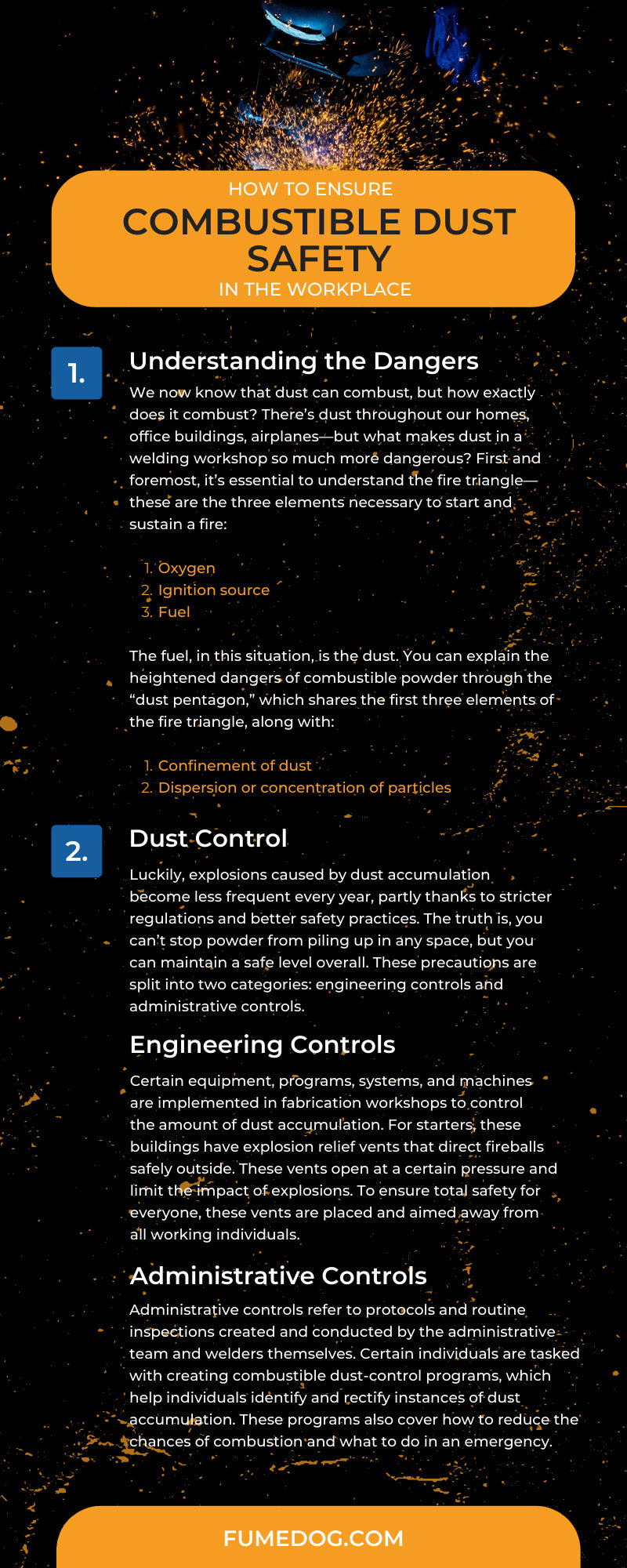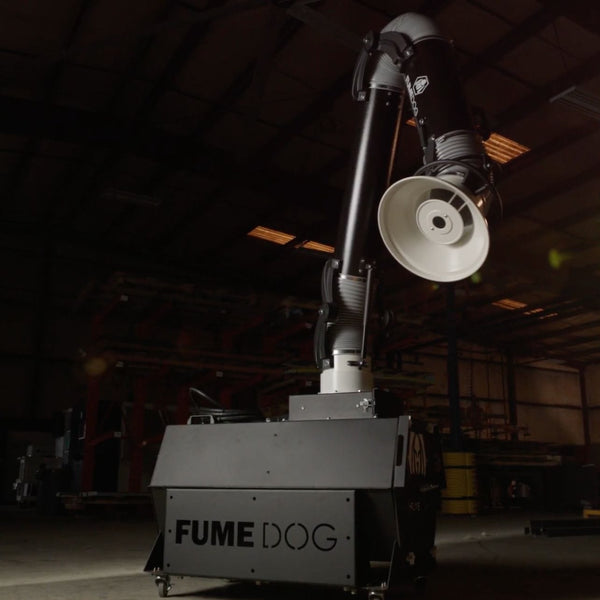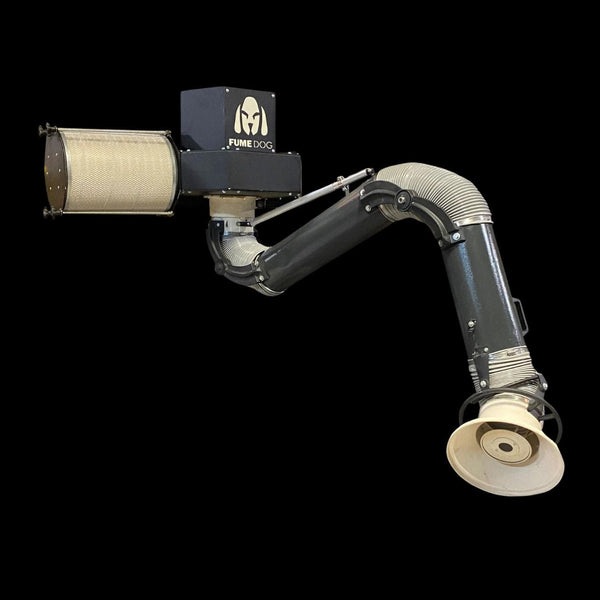
Dust is such a tiny, insignificant entity that welders often overlook. There are far more apparent hazards in the workshop, such as open flames, heat, sharp metal, heavy objects, and toxic fumes that get more attention than little particles of dust.
However, certain conditions can turn a small pile of powder into a disastrous explosion in mere seconds, putting the well-being of workers and yourself at risk of injury, or worse. To better protect all individuals while working with metal, check out these tips on how to ensure combustible dust safety in the workplace.
The Basics of Combustible Dust
To better understand combustible dust, here’s the official OSHA (Occupational Safety and Health Administration) definition:
“A solid material composed of distinct particles or pieces, regardless of size, shape, or chemical composition, which presents a fire or deflagration hazard when suspended in air or some other oxidizing medium over a range of concentrations.”
To put it simply, any amount of dust that can combust when combined with air is a hazard. The composition of this dust doesn’t really matter; wood, metal, plastic, and rubber dust are all potentially dangerous, as are biosolids and organic materials (flour, sugar, paper, soap, etc.).
So how is potentially hazardous dust produced? In terms of welding workshops, metal fabrication is the number one maker of dust. Specifically, aggressive cutting, screening, and heating create large quantities of powder. Additionally, dust accumulation happens naturally over time, especially in areas such as window sills and the tops of cabinets.
Understanding the Dangers
We now know that dust can combust, but how exactly does it combust? There’s dust throughout our homes, office buildings, airplanes—but what makes dust in a welding workshop so much more dangerous? First and foremost, it’s essential to understand the fire triangle—these are the three elements necessary to start and sustain a fire:
- Oxygen
- Ignition source
- Fuel
The fuel, in this situation, is the dust. You can explain the heightened dangers of combustible powder through the “dust pentagon,” which shares the first three elements of the fire triangle, along with:
- Confinement of dust
- Dispersion or concentration of particles
So, when you introduce heat and air to an accumulation of dust, the particles combust. As they ignite, particles disperse throughout the workshop, which by nature is a confined space. The subsequent dust cloud carries the explosion farther with more intensity. Basically, a welding work environment is the perfect setting for a disastrous accident.
But how much dust is dangerous? Most obviously, the danger increases as more powder accumulates. Unfortunately, the NFPA (National Fire Protection Association) states that 1/32 of an inch of dust is at risk of combustion. Since welding involves sparks and heat, even dust tucked away in hard-to-reach areas is susceptible to ignition.
Dust Control
Luckily, explosions caused by dust accumulation become less frequent every year, partly thanks to stricter regulations and better safety practices. The truth is, you can’t stop powder from piling up in any space, but you can maintain a safe level overall. These precautions are split into two categories: engineering controls and administrative controls.
Engineering Controls
Certain equipment, programs, systems, and machines are implemented in fabrication workshops to control the amount of dust accumulation. For starters, these buildings have explosion relief vents that direct fireballs safely outside. These vents open at a certain pressure and limit the impact of explosions. To ensure total safety for everyone, these vents are placed and aimed away from all working individuals.
Fume extraction is another way to control dust accumulation. These devices recycle air automatically, clearing any toxins and particles that are present. Extractors use negative pressure and filters to ensure breathable, non-flammable oxygen within the workshop. Some extractors are built into welder’s workstations, like a downdraft grinding table, which sucks out the dust right from the source.
If you can’t completely eliminate dust, you have to reduce the chance of ignition. Without heat, the fire triangle falls apart. That’s why most equipment in industrial workshops is grounded and bounded. This reduces the chances of static electricity, which is a form of ignition. Furthermore, it’s essential to maintain all electronic machinery, since faulty equipment is more prone to providing dust necessary ignition.
Since welding uses open flames and heat and produces sparks, you can’t totally eliminate ignition sources. That’s why administrative controls are also required to ensure combustible dust safety.
Administrative Controls
Administrative controls refer to protocols and routine inspections created and conducted by the administrative team and welders themselves. Certain individuals are tasked with creating combustible dust-control programs, which help individuals identify and rectify instances of dust accumulation. These programs also cover how to reduce the chances of combustion and what to do in an emergency.
Housekeeping protocols help reduce the amount of powder present in a workshop. Dust accumulates mainly on high surfaces or spaces with little activity. Light fitting, window sills, and cabinet tops are the dustiest places in a building. Routine cleaning ensures clean surfaces and safer working conditions, although some companies choose to limit these areas by removing horizontal surfaces from the workshop entirely.
Education is an important aspect of administrative controls. Keeping yourself and employees informed on the dangers of dust, ignition, and explosions dramatically reduces the chance of accidents. Regular meetings are encouraged to reinforce this information and keep it fresh in mind. Additionally, it’s vital to correctly train all employees on proper equipment techniques to avoid ignition caused by improper use, especially with cutting machines and weld guns.
Regulations
Both engineering and administrative controls are part of aggressive regulations set by OSHA and other governmental bodies. OSHA’s Combustible Dust National Emphasis Programs include the General Duty Clause and 29 CFR 1910.22, which require adequate housekeeping rules. The NFPA has a helpful guide, the Standard on the Fundamentals of Combustible Dust, which gives great insight into this potential danger and offers various practices to improve work environment safety.
Understanding how to ensure combustible dust safety in the workplace might seem like an overload of complicated rules and information, but it’s essential for the welding industry. Protecting employees is the number one goal of any metal fabrication business, and reducing the accumulation of dust is a significant aspect of just that goal. Please consider FumeDog’s quality selection of fume extraction machines for all your welding workshop safety needs.






